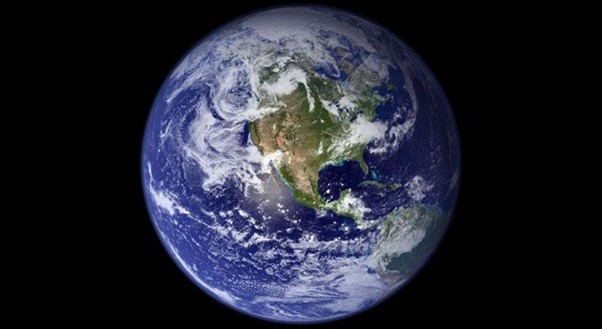From observing the earth to protecting the planet
I attended an online conference today on Earth Observation (EO) for Water Cycle Science. The topics were very interesting and covered a wide range of disciplines. The future EO missions and emerging observing capabilities of the water and energy cycle was covered. Advances in EO geophysical retrievals, algorithms and products over land, ocean and atmosphere, and advances in water cycle sciences, process understanding and water climate research. Of course AI, data intensive science, citizen science, big data, forecasting and data assimilation was covered. These meetings are so stimulating and show the potential for future planet observations.
However, how can we use these amazing capabilities to help move policy forward on managing planetary vulnerability and delivering policy that the most polluting activities must halt. We have learned that the richest 1% of world population are responsible for carbon pollution twice that of poorest 50%: according to Oxfam. [1] According to the Oxfam report, ‘Confronting Carbon Inequality’ assesses the consumption emissions of different income groups between 1990 and 2015. In this period humanity doubled the amount of carbon dioxide in the atmosphere. The richest 1% were responsible for 15% of emissions during this time, more than all the citizens of the EU and more than twice that of the poorest half of humanity (7%).
It is critical that the observations we make and potential forecasts generated can drive change in the health of the planet. This of course requires policy makers to take science on board to influence the change needed and to communicate how we all can do better.
[1] https://europost.eu/en/a/view/richest-1-of-world-population-responsible-for-carbon-pollution-twice-that-of-poorest-50-oxfam-30897


Recent Comments